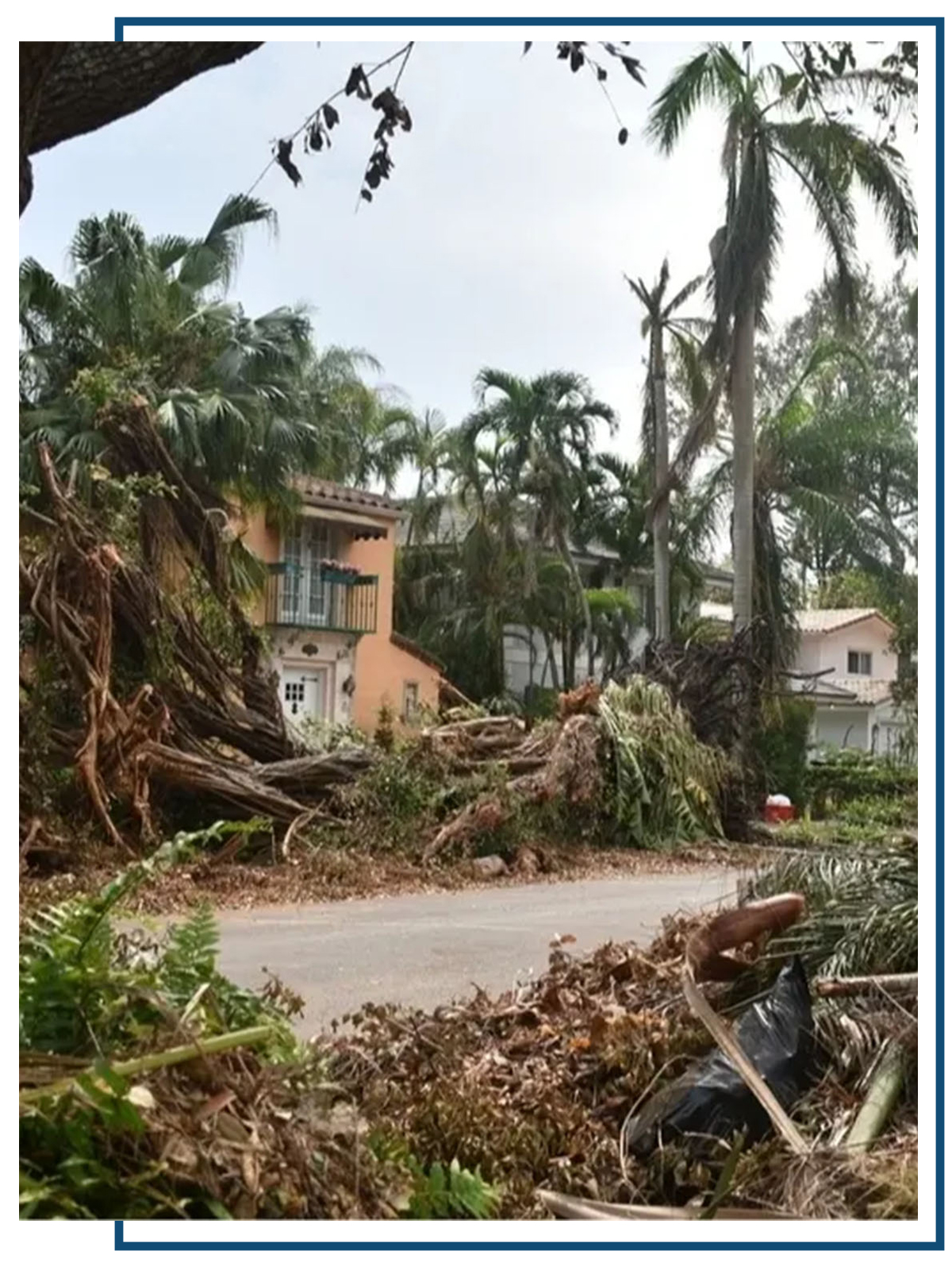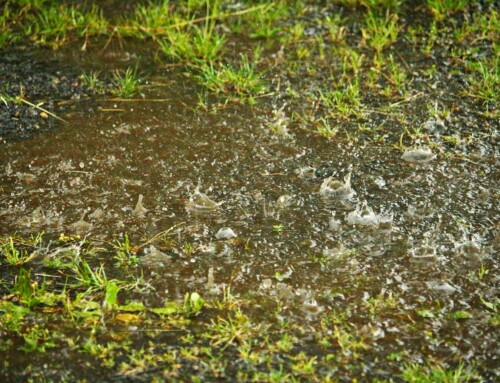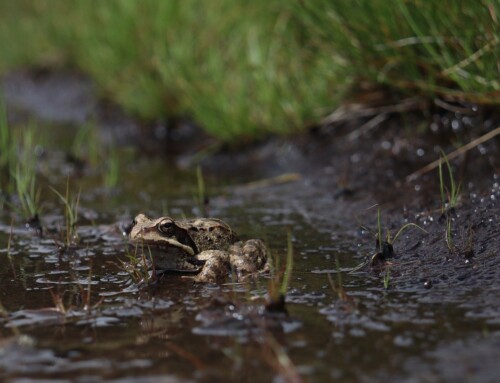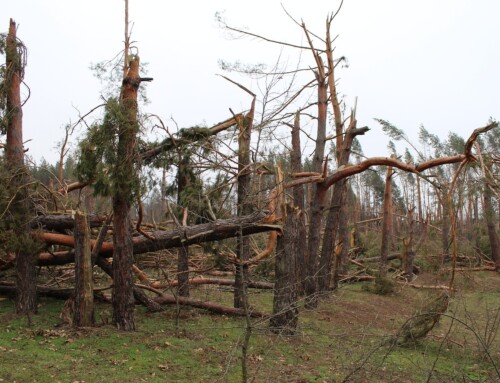The onset of hurricane season is just a few weeks away. Florida Gulf Coast residents are preparing once again to fortify their homes, store extra water and emergency supplies, and create an evacuation plan if needed. While direct hits of catastrophic hurricanes are not frequent, they are always possible – as a few storms over recent years have proven. Experts and forecasters who are carefully watching indicators are warning that 2024 hurricane predictions include an increase in dangerous hurricane activity, although they are quick to point out that by its very nature, weather is highly unpredictable.

Hurricane Predictions: What Forecasters are Watching
Hurricane season officially begins on June 1 and continues until the end of November. While experts can only make educated guesses regarding any upcoming storms, they are citing two leading indicators pointing to a turbulent – and possible prolonged – 2024 hurricane season.
The first sign of a potentially volatile season is the water temperature. Hurricanes are far more likely to form when the water in the Atlantic Ocean is reaches or exceeds 80 degrees – which it does each year, typically beginning in June and lasting for much of remainder of the year. When the deep ocean waters begin to warm to this level, the potential for hurricanes increases significantly. While temperatures normally begin to approach 80 degrees in June (thus the onset of hurricane season), researchers recently reported that in March of 2024 the water temperatures had already reached record levels. In fact, the region of the ocean located between the Lesser Antilles and West Africa – the area responsible for the formation of most hurricane systems – reported an April heat index that would be expected in late July. This early heating may translate to a long and busy hurricane season.
The second weather indicator that experts utilize to determine the potential severity of any given storm season is that of El Niño and La Niña climate conditions. El Niño and La Niña are patterns of climate behavior that occur on average every few years, but they don’t take place predictably or routinely. Generally, El Niño occurs more frequently than La Niña- and in fact has been more prevalent in recent years. However, La Niña is moving into position and may create a more chaotic situation.
While these weather patterns are located in the Pacific Ocean, their presence affect the storm conditions and climate events worldwide. As it relates to hurricane season, El Niño weather conditions create a wind shear that breaks storms apart, reducing the risk of catastrophic damage. El Niño conditions, however, are significantly dissipating and making room for o La Niña conditions. Unfortunately, La Niña Atlantic hurricane seasons are identified with unstable air that rises atmospherically and sets up ideal conditions for thunderstorms – also known to be the instigators of tropical storms and hurricanes. While El Niño acts to work against the formation of strong hurricanes, La Niña is more likely to aggravate the atmosphere and cause intense storms.
Of course, these are only guidelines. While most storms did not land and cause damage in recent years, the few storms that did make landfall – notably Ian in 2022 and Idalia in 2023 – had devastating consequences.
What Does This Mean for the Gulf Coast?
Although climate experts and weather forecasters can make predictions based on observable conditions, there is no dependable way for any area to know whether or not they will be affected. Even if a named storm does not make landfall in 2024, storm surges from passing systems can cause flooding and wind damage up and down the coast.
At the Veransa Group, we help municipalities to rapidly respond to severe weather events, collecting and disposing of yard waste, wood waste and green waste from downed trees and vegetative debris. We are committed to helping our neighbors prepare for – and recover from – hurricane damage. Read more about preparing your trees and landscaping here.
The Veransa Group has 5 area locations for drop-off – Tampa, Clearwater, Seffner, Sarasota and Fort Myers,



